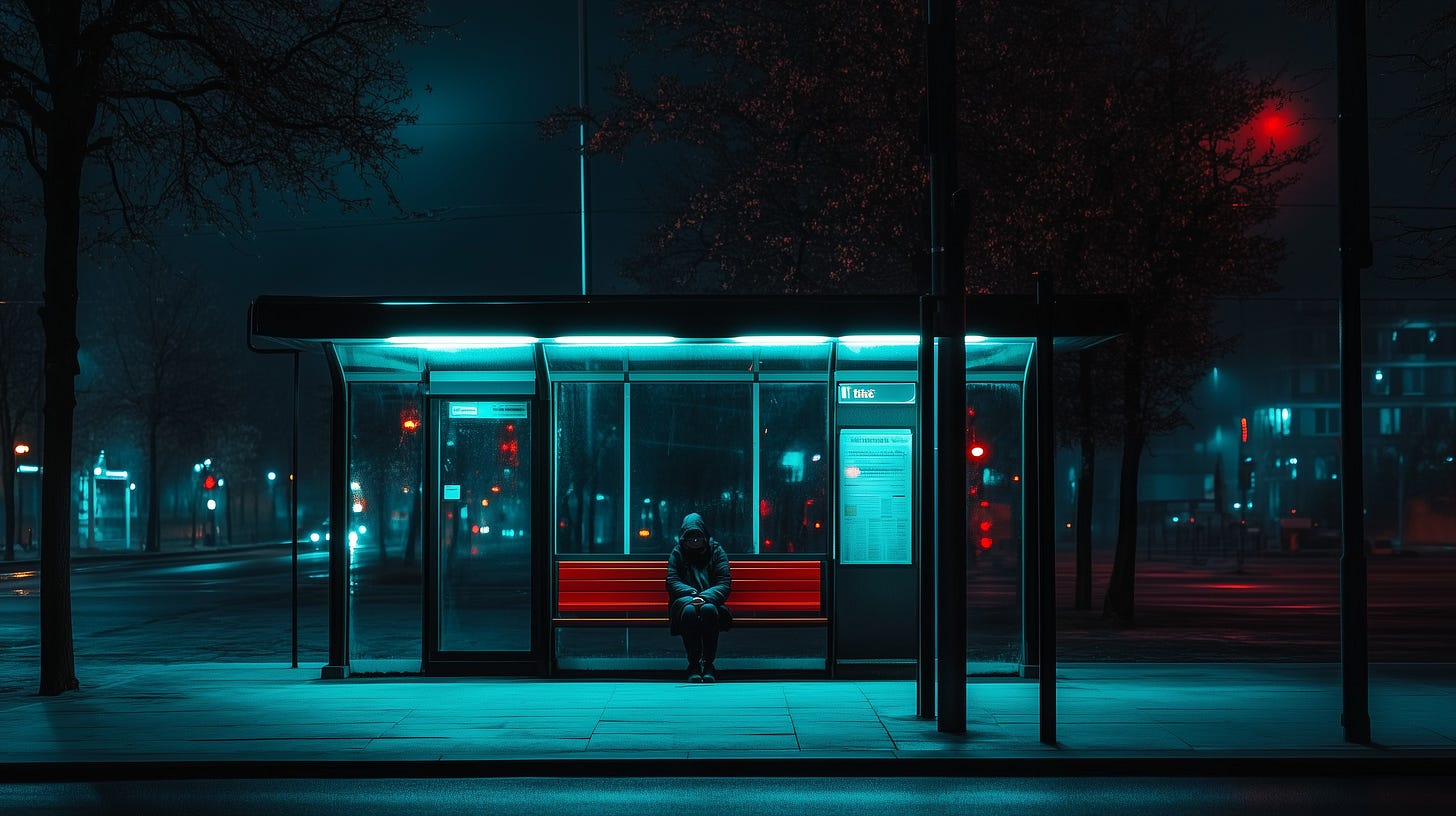Degrowth by Design: The New Unspoken Consensus Reshaping the World
Once upon a time, “growth” was the magic word. The universal solvent. The Swiss Army knife of every economic debate, policy memo, and TED Talk. Didn’t matter what you were selling—a tax hike, a trillion-dollar stimulus, a killer app, or a war on poverty—it was all good, as long as it was going to give us more.
More jobs. More speed. More tech. More comfort. More returns. More shiny toys wrapped in plastic. Even our failures were fine, so long as they happened on the way to something bigger.
That time… is over.
Nobody announced it. There was no press release. No somber speech with orchestral strings playing in the background. But the shift has already happened. We're not building toward abundance anymore—we're managing the aftermath.
The real question isn’t "How do we grow?" anymore. It’s "How do we decline... gracefully?"
The story of progress has ended—not with a bang, not with a whimper, but with a pivot to PR.
The Math Changed. The Narrative Didn’t.
The engines of growth weren’t voted out. They were outpaced by physics, demographics, and debt ceilings. The hard stuff. The boring stuff. The kind of stuff no economist wants to talk about.
Three macro-truths have burned the growth playbook:
1. Demographic inversion
We’ve reached the “last one out, turn off the lights” phase in population math. Aging societies, shrinking birth rates, and a labor force that’s thinning out faster than a bad comb-over. When fewer people are producing, consuming, or even existing, the gears don’t just slow—they grind.
2. Ecological constraint
We built a civilization on the assumption that the planet could be squeezed forever. Turns out, it can’t. Now we have to deal with ecological capacity limits, collapsing biodiversity, resource depletion, and geopolitics tangled in mineral scarcity.
3. Debt saturation
The 2010s were about printing money like there was no tomorrow. Now, tomorrow is here, and it’s getting ugly. Governments can’t spend without risking collapse. Households are maxed out. Big business is floating on borrowed time—and borrowed money.
To chase real growth now? You’d need to torch social stability, the environment, and the last threads of fiscal sanity. And no one's dumb—or crazy—enough to try (I hope).
So What’s Replacing Growth?
Let’s be clear: This isn’t Mad Max. This isn’t the apocalypse. This isn’t even a revolution.
It’s something far more bureaucratic. Something more banal. Think less collapse, more controlled demolition. Not the fall of Rome—more like a city council slowly replacing downtown with zoning ordinances and wellness posters.
Let’s call it what it is: Degrowth by Design.
No one’s going to call it that officially. But once you put on the right glasses, it’s everywhere:
Rationing disguised as optimization
→ “Load balancing,” “demand response,” “green energy time-of-use incentives.”
Translation: You can’t have what you used to have, but we’re calling it smart now.Contraction rebranded as wellness
→ “15-minute cities,” “de-consumption,” “sharing economy.”
Translation: You have fewer options and assets, but that makes you better somehow.Stagnation hidden behind statistical fog
→ New metrics for inflation, employment, GDP.
Translation: Don’t worry, the numbers look fine—as long as we redefine them every few years.Narrative swaps
→ From “growth is progress” → “sustainability is survival” → “less is more” → “growth is violence.”
Translation: You’re not falling behind—you’re evolving!
This isn’t drift. This is design—just without the courage to admit it out loud. It’s like a magician at a children’s birthday party doing the trick behind his back while smiling at the audience.
Why No One Will Call It What It Is
Because every institution—from your government to your grocery store—is still running on the marketing fumes of progress.
Hope sells. Growth is hope. And without hope? The machine starts to seize.
The system is in post-expansion mode, but the language hasn’t caught up. Admitting we’ve hit the ceiling doesn’t sell. So the powers that be—they reframe, rebrand, and redirect. Maintenance gets sold as transformation. Scarcity gets dressed up as freedom. Triage becomes a moral stance.
Collapse isn’t bad optics—admitting you’re managing one is.
No one wants to be the face of the downgrade. So we get feel-good fatalism.
It’s not deception—it’s emotional risk management. You don’t tell the crowd the party’s over. You just start dimming the lights and turning down the music, one dial at a time.
Orientation Over Optimism
This isn’t doom. This isn’t prophecy. It’s just a better map.
If you’re still holding out for the next big boom, the next “roaring twenties,” the next golden decade of exponential scale—you’re waiting for a train that already left the station. And the conductor retired with no replacement.
But if you shift your perspective—from growth to reconfiguration—you’ll start to see what’s actually happening:
Governments swapping stimulus for surveillance
Corporations shifting from productivity to compliance
Cultural signals drifting from “chase your dreams” to “cope gracefully”
Welcome to the era of managed decline, dressed in soft fabrics and mindfulness slogans.
Degrowth by Design isn’t a future scenario. It’s the present, hidden in plain sight.
The next chapter won’t be about money itself, but about the conditions under which you’re allowed to use it.


